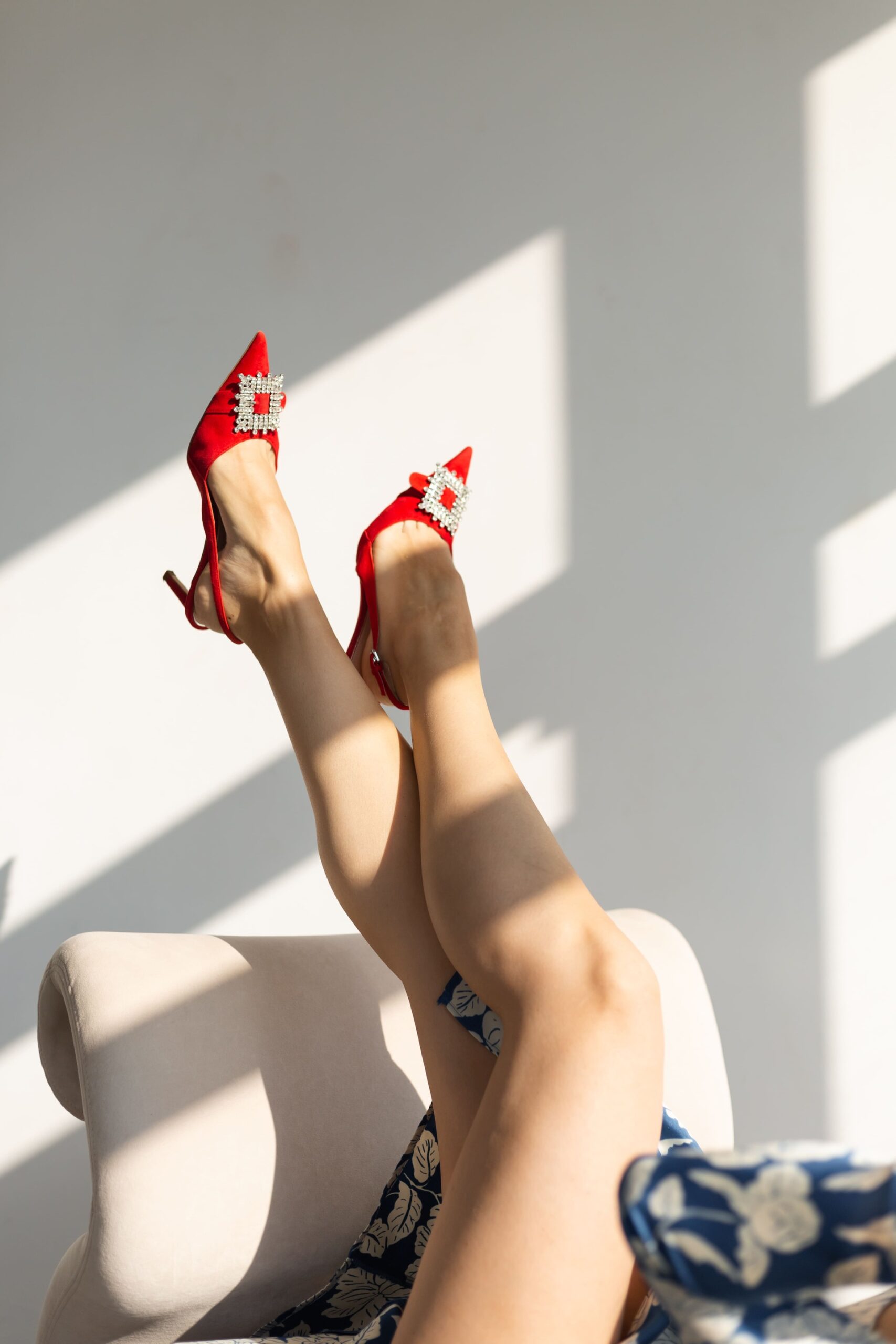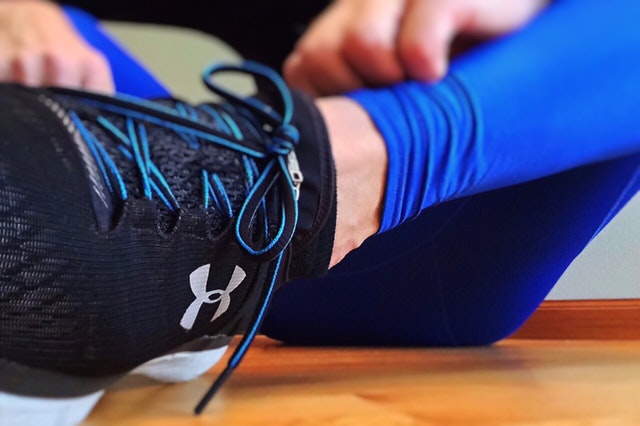Everyone is always talking about varicose veins, but what about spider veins? Are they as common as varicose veins? What do they look like? Are they a cosmetic issue or an indication of a bigger health problem, and who is at risk? Here is everything you need to know about spider veins:
What are spider veins?
Spider veins are veins that appear closer to the surface of the skin than varicose veins. They are generally red, purple, blue, or black, and as the name suggests, they branch out across the skin like a spider web or tree branches. Unlike varicose veins, they do not swell or become ropey, but they can cause some of the same problems. They typically appear on the legs, but can show up anywhere on your body, including your face.
What are the signs and symptoms of spider veins?
For most people, spider veins are simply a cosmetic problem. The veins are not a central part of your venous system and do not usually indicate a larger health issue. The most common sign or symptom is the appearance of the dark-colored veins on the surface of your skin. The veins typically form one of three patterns:
- A spider web-like shape with lines radiating from a central, darker spot on the skin
- A tree branch pattern
- Separate lines side by side
They can cover small or large areas. They may also cause some discomfort, including:
- Itching in the general area of the spider veins
- Burning in the general area of the spider veins
- Heaviness in the legs
- Achiness in the legs
- Throbbing in the legs
- Overall tiredness in the legs
Who is at risk for spider veins?
No one knows for sure what causes spider veins. They are more common in women and people who are over the age of 50. A family history of spider veins is also thought to be a main indicator that you will eventually have them. Some other factors thought to influence who develops spider veins and who does not include:
- Pregnancy, especially women who go through more than one
- Hormonal imbalances
- Obesity
- Jobs or lifestyles that require long hours of sitting and standing in one position
- Skin color (people with fair skin appear to be more prone to them)
- Sun exposure
- Injuries or trauma to the legs or area of the body where the spider veins appear
Can spider veins be prevented or treated?
Unfortunately, there is no guaranteed way to prevent spider veins, especially if your parents and grandparents had them. However, some experts believe that wearing compression hose, maintaining a healthy weight, and wearing appropriate sun protection when you go outside may help.
The good news is that spider veins are not something you have to live with. Sclerotherapy is an effective treatment, and it has been in use for many decades. A thin needle injects a solution into the vein, turning it to scar tissue, and eventually making it disappear. The procedure is not painful but may need to be repeated over time. When left untreated, spider veins can actually spread into larger patches and become more uncomfortable.




